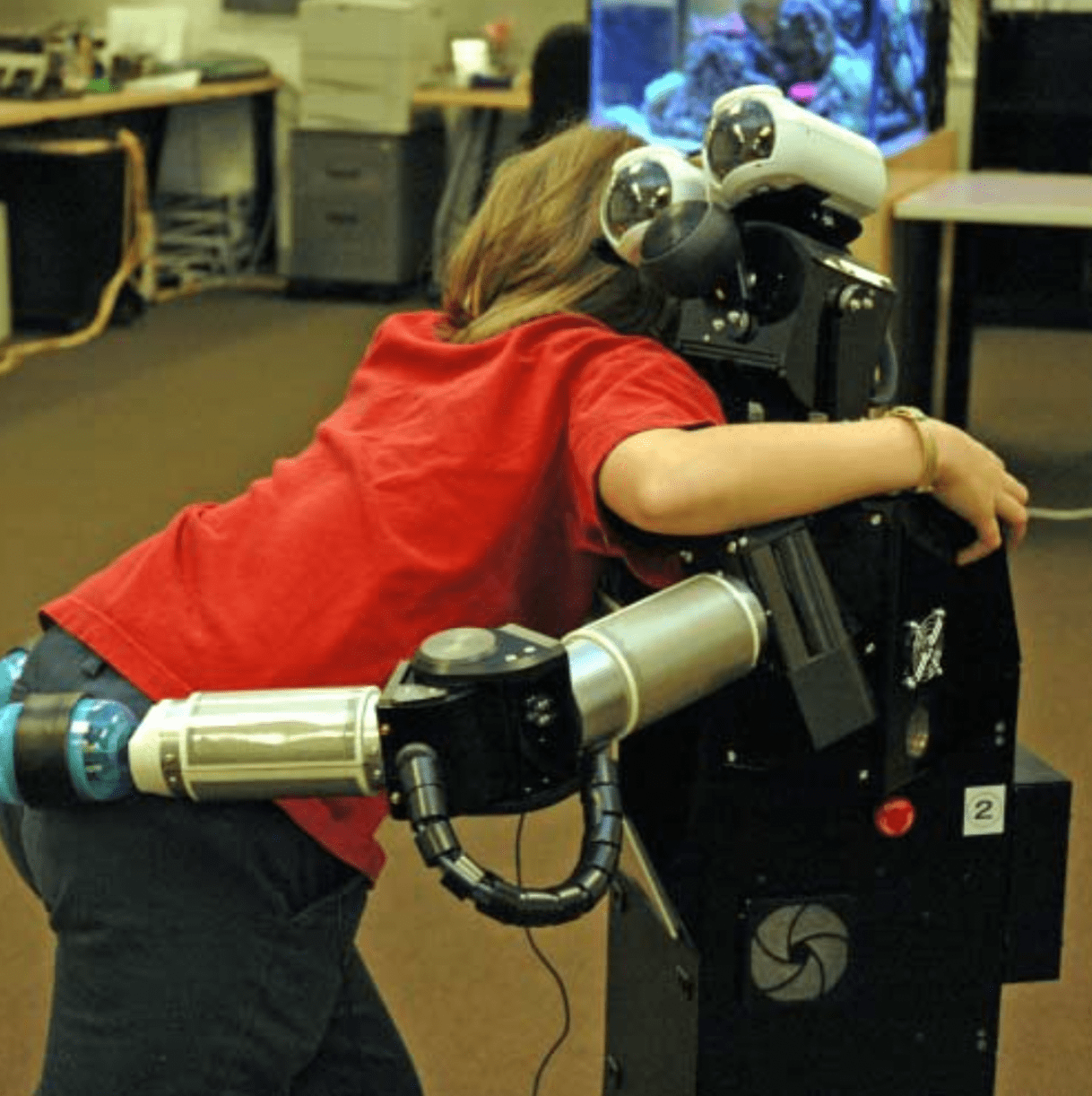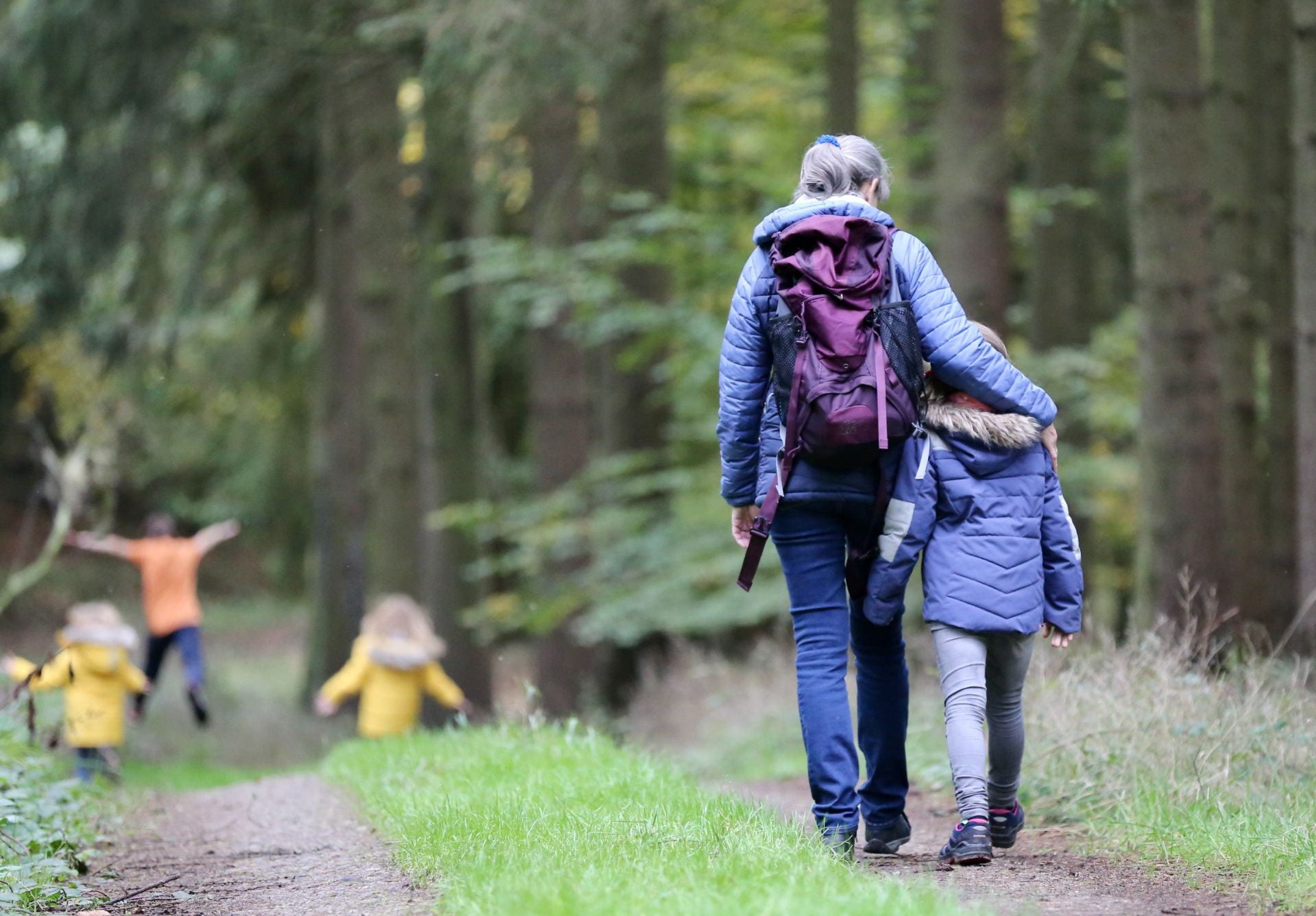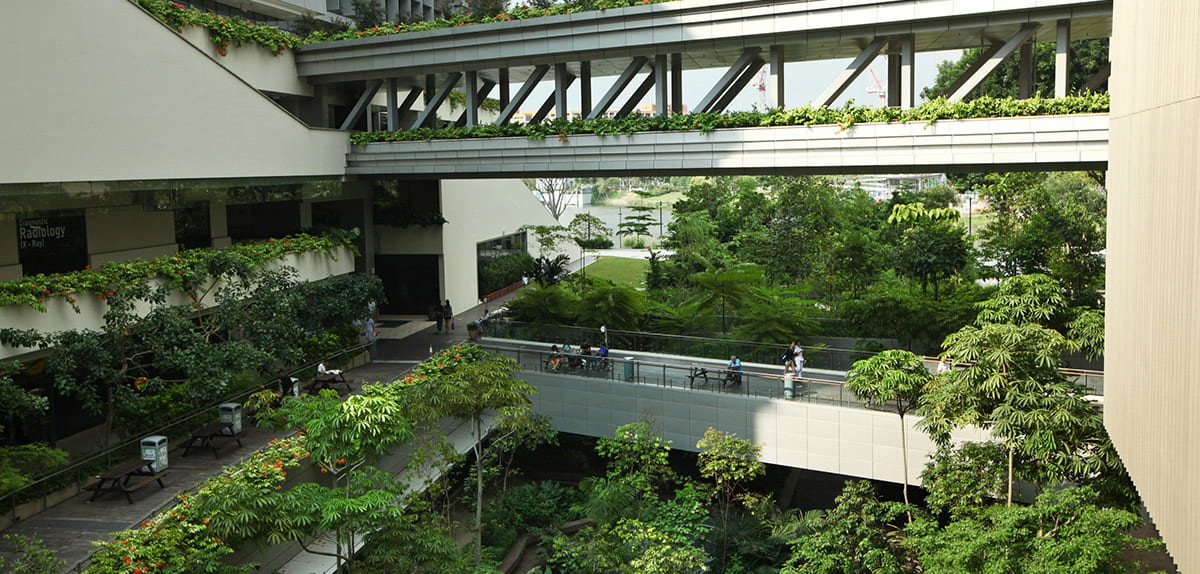The HINTS Lab
Human Interaction with Nature and Technological Systems
The HINTS lab seeks to address – with psychological emphasis – three world trends that are powerfully reshaping human existence:
- The degradation and devastation of nature
- Exponential technological development
- Increasing urbanization
What do we investigate?
- How do we solve what is perhaps the most pressing psychological problem of our lifetime – of environmental generational amnesia?
- How are every day digital devices (e.g., social media) and current AI (e.g., ChatGPT) effecting people’s psychological wellbeing, and transforming and at times upending forms of social interaction and social systems?
- Can interaction with nature help move people into states of higher forms of psychological functioning?
- Are frequent interactions with diverse nature important, or even necessary, for children to develop well — physically and psychologically?
- Why do people, still in modern times, need interaction with relatively wild nature – that which is often big, untamed, unmanaged, self-organizing, and unencumbered by human artifice?
- What are the psychological effects of interacting with Technological Nature?
- How can we re-design cities to increase meaningful forms of interacting with nature?
- How can we design personified computational systems (e.g., humanoid robots and AI chats) to enhance people’s creativity?
Our Research Areas
Ecological Presence, and the Development of a Presence Scale
Presence refers to a state of being highly if not optimally aware, without thinking. Perhaps you’ve had an experience in nature – such as lying on the earth and looking up at the night sky – where the mind is quiet, the present moment is now, and your consciousness seems to expand into the vastness above. That would be an example of Presence. Our lab has recently completed the development of a valid and reliable scale to measure Presence, and is currently engaged in projects using it.
The Human Relationship with Nature
As a species we came of age with nature – and more wild forms of nature – and the need for nature still exists within us, body and mind. Our lab has pioneered different areas, including children and nature, social and moral relationships with nature, environmental generational amnesia, the rediscovery of the wild, and ecopsychology.
The Psychology of Everyday Digital Devices
How are everyday digital devices (e.g., social media) and current AI (e.g., ChatGPT) affecting people’s psychological wellbeing, and transforming and at times upending forms of social interaction and social systems? Building on early work in Value Sensitive Design, our lab has begun focusing on this question, conceptually and empirically.
Interaction Pattern Theory, Research and Design
People sometimes say, “just get out in nature.” But what does outside time entail? Interaction Patterns provide a powerful means of characterizing essential features of humans with the natural world. With these Interaction Patterns in hand, one can design cities – and educational curriculum and settings – for deeper forms of interaction with nature to support human well-being and flourishing.
Singapore’s Khoo Teck Puat Hospital

Human-Robot Interaction (HRI)
Social robots (and other AI systems) will become increasingly part of our social world. In collaboration with Hiroshi Ishiguro and Takayuki Kanda, and others, our lab has pioneered research on social and moral relationships with robots (humanoid and animal robots), and how to enhance human creativity through interacting with them and other AI social systems.
Technological Nature
Technological nature refers to those technologies that mediate, simulate, or augment the human experience of nature, such as nature photos, nature videos, nature webcams, VR nature, and robot pets. Our lab’s two decades of research show this trend: in terms of psychological wellbeing, interacting with technological nature is better than nothing but not as good as interacting with actual nature. In today’s world, as nature continues to be depleted if not destroyed, and technologies become ever more sophisticated and pervasive, the focus of this research topic gains ever more urgency.





